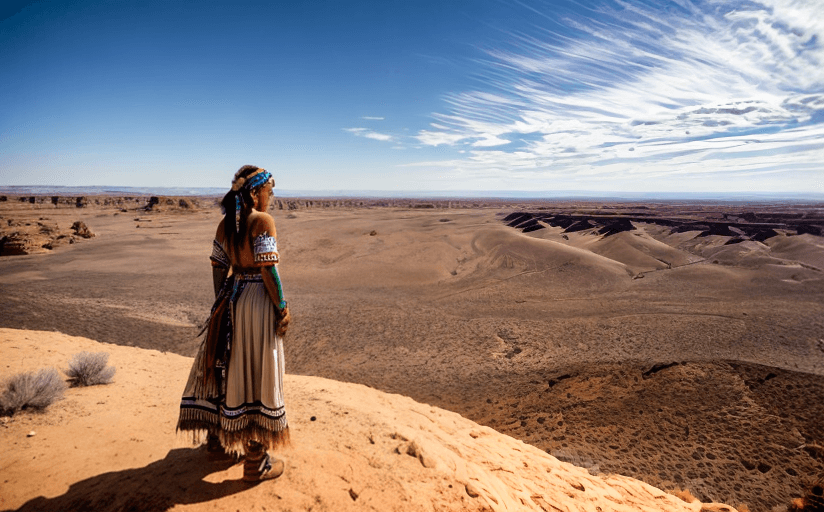The Dire Effects of Climate Change on Indigenous Communities
Indigenous communities across the world are feeling the direct and indirect effects of climate change. Environmental changes are exacerbating existing challenges such as food insecurity and health issues, and Indigenous people are struggling to respond to the crisis. In this article, we’ll examine the effects of climate change on Indigenous communities, explore potential solutions for protecting and empowering them, and discuss how the crisis is being addressed.
The Impact of Climate Change on Indigenous Communities
Climate change is having a devastating impact on Indigenous communities across the globe. In many countries, extreme weather events, such as droughts and floods, are becoming more frequent and intense. This has led to the destruction of land, the loss of livelihoods, and an increase in poverty. In addition, Indigenous people are more vulnerable to the effects of climate change due to their reliance on natural resources for subsistence, as well as their increased exposure to environmental hazards.
Climate change is also causing food insecurity in many Indigenous communities. Rising temperatures and changing weather patterns are causing crops to fail and fisheries to collapse, leading to reduced access to food. This has had a major impact on nutrition and health, particularly among children.
Indigenous people are increasingly being forced to abandon their traditional homelands due to the effects of climate change. This can lead to displacement, cultural loss, and a loss of land rights. In addition, climate change is exacerbating existing health issues, such as air pollution, water contamination, and vector-borne diseases.
Empowering Indigenous Communities in the Face of Climate Change
Given the dire effects of climate change on Indigenous communities, it is essential that steps are taken to protect and empower them. One potential solution is to ensure that Indigenous people have access to the resources, information, and technology they need to adapt to the changing climate. This could include providing access to renewable energy sources, improving infrastructure, and providing education and training about climate change.
It is also important to ensure that Indigenous people have a say in decision-making processes related to climate change. This could include providing Indigenous people with a platform to share their knowledge and expertise, and to participate in environmental policy-making.
Finally, governments and international bodies must take steps to address the root causes of climate change. This could include reducing emissions, investing in renewable energy sources, and promoting sustainable development.
Conclusion
Climate change is having a devastating impact on Indigenous communities across the globe. It is essential that steps are taken to protect and empower them in the face of this crisis. This could include providing access to resources, information, and technology, ensuring Indigenous people have a say in decision-making processes, and addressing the root causes of climate change. Only by taking these steps can we ensure that Indigenous people are protected from the dire effects of climate change.



















Comments
Leave a Comment